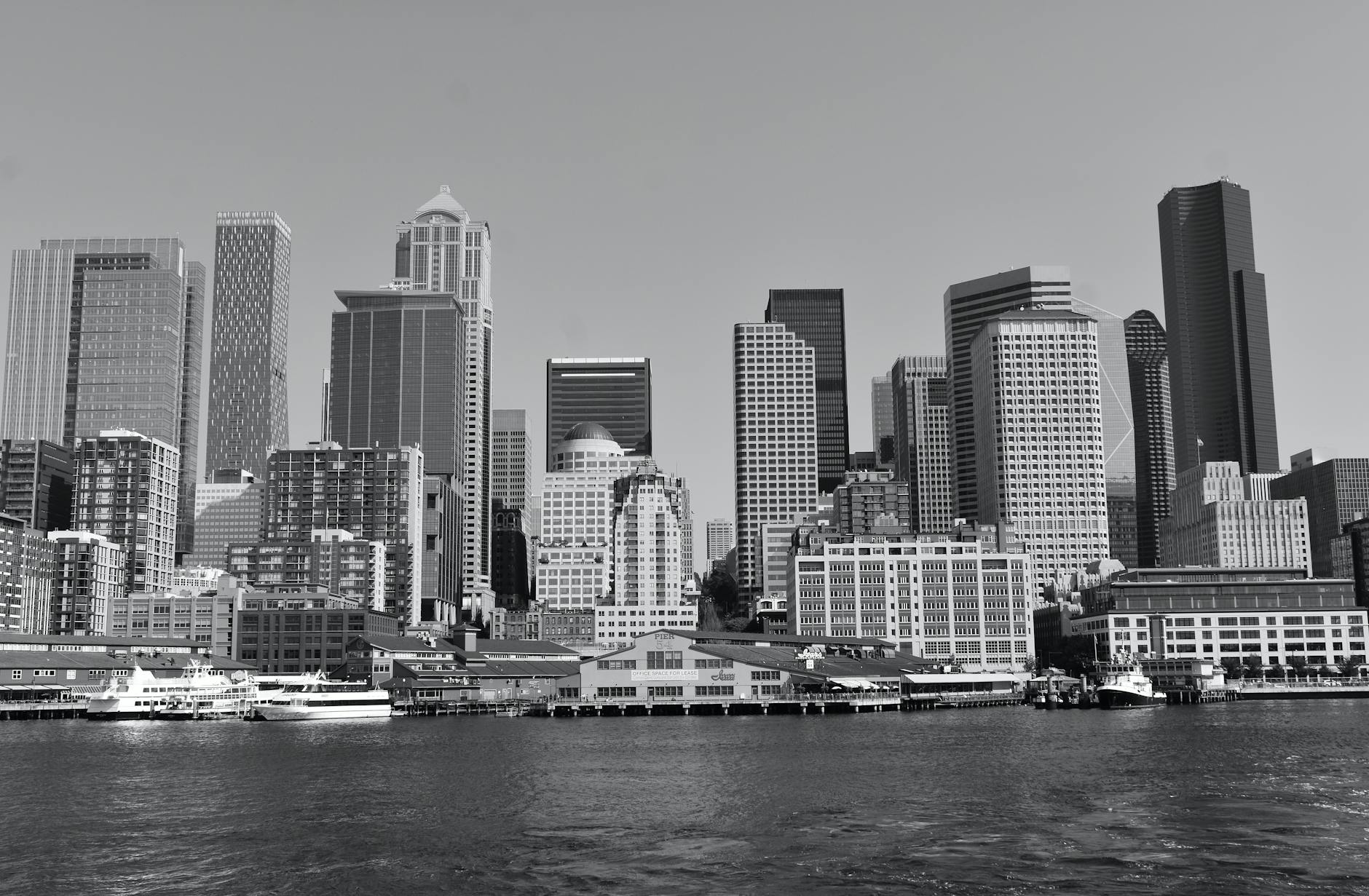Sidecars: a strategic market play
Sidecars: a strategic market play
By: Bermuda Re
As the use of sidecars accelerates, Bermuda:Re+ILS examines the growing variety of structures being used to match different forms of capital with a growing array of risks and looks at the long-term implications of this increasingly important strategic tool for reinsurers.
The emergence of vehicles such as sidecars has previously been driven by the impact of large scale catastrophic losses and Bermuda has often been centre stage to the formation of both traditional reinsurers and these vehicles in the aftermath of such events.
In 2006, the year after hurricanes Katrina, Rita and Wilma caused substantial losses in the industry, out of the 25 start-ups, 16 were sidecars. Although the structure was nothing new, this arguably represented the beginning of a new model that would ultimately be commonly used for the industry.
Back then sidecars offered easily available capital to take short-term advantage of the hard market.
In some senses, nothing has changed. But a large loss no longer seems necessary to encourage the establishment of structures that use this form of risk transfer. And as we enter 2015, these vehicles are being used in increasingly inventive ways and reinsurers are using collateralised reinsurance in many more forms.
Des Potter, managing director—head of GC Securities (EMEA), says that the change in the way sidecars are being used is especially evident in the growing emphasis on securing partnerships.
“Historically special purpose vehicles (SPVs) are established to respond to hard market conditions following major loss events, but over the last couple of years, there’s been a change in the way these vehicles are being used,” he says.
“The partnerships that reinsurers are now developing with the capital markets are more than just a hard market play: they are becoming a core part of their strategic capital and risk management strategy.”
It is estimated that 20 reinsurers are today using quota-share sidecars to access around $3.6 billion of collateralised capacity, according to Potter. So, while it may seem that those who have the ability to issue this type of vehicle already have, the market is still expecting to see more in the coming months.
“We will see more activity, but it’s difficult to predict the volumes,” says Potter. “I’ll be surprised if any reinsurer who doesn’t have a material property cat portfolio isn’t considering issuing a sidecar because it is an efficient way for them to access capital with a lower return hurdle than their own equity.
“For reinsurers, property cat is one of the most capital intensive classes that they write. If they can share some of that exposure with the capital markets, they can redeploy that capital in less intensive classes for better returns.”
Aditya Dutt, SVP at RenaissanceRe Holdings (RenRe) and president of Renaissance Underwriting Managers, agrees. He says this is likely to be a trend which stretches further than just 2015.
“We believe that capital markets will increasingly play an important role in the reinsurance market. Therefore, we are likely to see an increase in the deployment of capital in sidecars, cat bonds and other forms of insurance-linked securities (ILS).
“I’m not sure I would limit this comment as applying only to 2015—it is likely to be a long-term trend in the reinsurance market,” she says.
While the general consensus is that the deployment of sidecars will continue to grow, Darren Redhead, CEO of Lancashire’s Kinesis Capital Management, says that it’s difficult to find a reinsurer that is not already issuing these vehicles, among others.
“I can’t think of any reinsurers who don’t have some kind of strategy when it comes to third party capital. Those who have the capability will certainly look to this form of risk transfer,” he explains.
Evolution underway
A recent example of the evolution of these vehicles is the mooted ACE/BlackRock deal under which the insurer will form an internal reinsurance vehicle capitalised by alternative capital to manage a portion of its ceded premium.
Acting as an internal captive of sorts, the vehicle will be managed by asset manager BlackRock, which will be able to release funds as and when required for reinsurance claims.
“If you look at the top 10 funds, none of them is aligned with a traditional reinsurer, except Leadenhall, which is largely owned by Amlin, so there’s a number of strategies going on. With Lancashire, we’ve chosen to have a specific underwriting and capital manager that sells its own wares.
“You have other people who have taken a share of their own business as a fixed quota share. Then we have evolution with regards to the ACE model where they decided to cede a share of their reinsurance cessions,” says Redhead.
“I think we’ll see more of all of these models because the traditional industry is the best place and it has the capabilities. The larger funds might say that there is conflict for us as traditional carriers, but I would say that there’s more conflict with an independent entity just writing for revenue.”
Potter agrees that the increased variation in structure will continue.
“The nature of how these vehicles are capitalised is changing. Today the capital that supports the reinsurance obligation going into these vehicles is usually in the form of a private placement of note securities, and the disclosure material follows a very similar form to a traditional reinsurance placement.
“Compared to how a cat bond is placed, the private note placement has more similarity with a reinsurance placement than a cat bond placement,” he says.
“What’s also becoming increasingly common is that these vehicles are being set up as segregated accounts companies, offering a separate cell for each underwriting year or for each investor, which allows the SPV to grow and retract in accordance with market conditions.”
Redhead adds: “People have different sidecars for different assets, different reasons and different structures. We no longer use traditional sidecars but use third party capital as a structural tool.
“You’ve got all the independents who live off the fee revenues and provide very good returns, and then you’ve got the ones which are aligned with re/insurers and take a share of existing business, so they’d say that they don’t need to invest because we take the business anyway.
“Some of them write co-reinsurance on the same slips, so they say that they don’t need to invest in those funds, but then how do you decide what goes in the sidecar and what doesn’t? Then there are ones like us who sell our own wares and don’t conflict with the existing group.”
Efficient sharing
While the evolution—and increased benefits—of these vehicles is being clearly seen today, the basic sidecar has long since been a useful tool due to the efficiency that it provides.
A sidecar—or similar type vehicle—is quick to execute, has lower costs and also offers more flexibility to both reinsurer and investor.
“Economically, they’re efficient sources of quota-share capacity for property cat treaty business. At the moment, the reinsurers are using these for retro capacity,” says Potter. “The efficiency comes from sharing the economics of a capital intensive portfolio that they’re writing, but also earning a fee for ceding the business as well as a profit share commission above a pre-determined loss ratio.
“They provide reinsurers with flexibility as market conditions change; they have the ability to upsize and downsize these vehicles relatively easily. Also it improves the quality of their reinsurance security as they are collateralised vehicles with increased certainty of recovery.”
Redhead agrees. “The reason that people like sidecars is because it’s a pure play on the market. You can pick and choose when to go out of it. There’s no reserving risk, no managerial risk, you’ve got a fixed portfolio and it’s much easier to increase or reduce,” he says.
Dutt says that for RenRe, the use of sidecars has helped to develop a close relationship with the capital markets, as well as allowed the reinsurer to match certain portfolios of risk more efficiently with the right forms of capital.
“A pension plan may seek a lower volatility portfolio and a hedge fund may seek a higher volatility, more concentrated portfolio, to manage against their broader securities exposure, for example,” he explains.
“One size does not fit all, and by creating ways in which investors can customise portfolios to their risk tolerances, we can create a more efficient product offering for our insurance clients. In turn, this allows us to build superior client relationships, enhances our ability to select the best risk in the market, and affords us a uniquely flexible approach to capital management.”
For Lancashire, Kinesis brings another distribution channel that can be utilised to invest in on behalf of its investors.
“We use third party capital initiatives to provide additional capacity as and when needed and to build up long-term strategic partners to sell specific products. For Lancashire, Kinesis gives us additional fee revenue and the embedded value of an asset manager as well,” says Redhead.
Managing expectations
As is evident from the 2014 financial end of year results, sidecars and other third party capital vehicles are providing healthy profits for reinsurers.
However, while more are expected to appear throughout 2015, those already involved are putting the brakes on their current offerings.
“Our investors have benefited from our underwriting performance, which in our view has been superior to the market average. We are first and foremost an underwriting organisation, and our profits from taking risk alongside our investors has outweighed the fees we have collected for managing assets, although both activities have been profitable for RenRe,” says Dutt.
Redhead says of Lancashire’s previous experience that its energy sidecar did better than expected and that two sidecars for worldwide retro both performed well.
“Everything has now been brought under one banner with Kinesis and we are happy with the returns generated to date,” he says. “However, in the current climate, we’re pausing for breath. We’re keeping it stable so that we can maintain our pricing discipline. We have a core base of clients and investors who are all very happy at the moment, so there will be gradual rather than rapid growth, absent a market dislocating event.”
Dutt adds that RenRe has also decided to hold off on increasing vehicle sizes to “right-size” its balance sheets in line with market conditions.
“We have a long tradition of calibrating the size of our capital bases—owned and managed—to the prevailing market conditions,” he says.
“Following the insured losses of 2005, we greatly increased the capital we managed in our various vehicles. In recent months, we have elected to return capital to our investors to right-size our various balance sheets to the opportunity set available in the current market.
“We would consider increasing the size of our vehicles in the future, and believe we have excellent relationships with our investors to do so.”
On the other hand, Potter is positive that investor demand may drive these vehicles further.
“We might see these sponsors upsizing their existing vehicles because of the investor demand as well as more reinsurers launching sidecars as they begin to realise the benefits of quota-sharing their property cat treaty portfolios into these collateralised vehicles,” he says.
As the capital keeps coming and the ILS sector grows, Redhead says, the re/insurance industry may be taking a good hard look at the figures rather sheepishly.
“If you look at the $60 billion ILS market and the suggestion that will it go to $100 billion, personally I don’t believe that will happen any time soon,” he says.
“But if you look at the $60 billion in total, $40 billion of that is within the top 10 fund managers, so the re/insurance industry must be looking at that and asking ‘have we missed something here?’”





